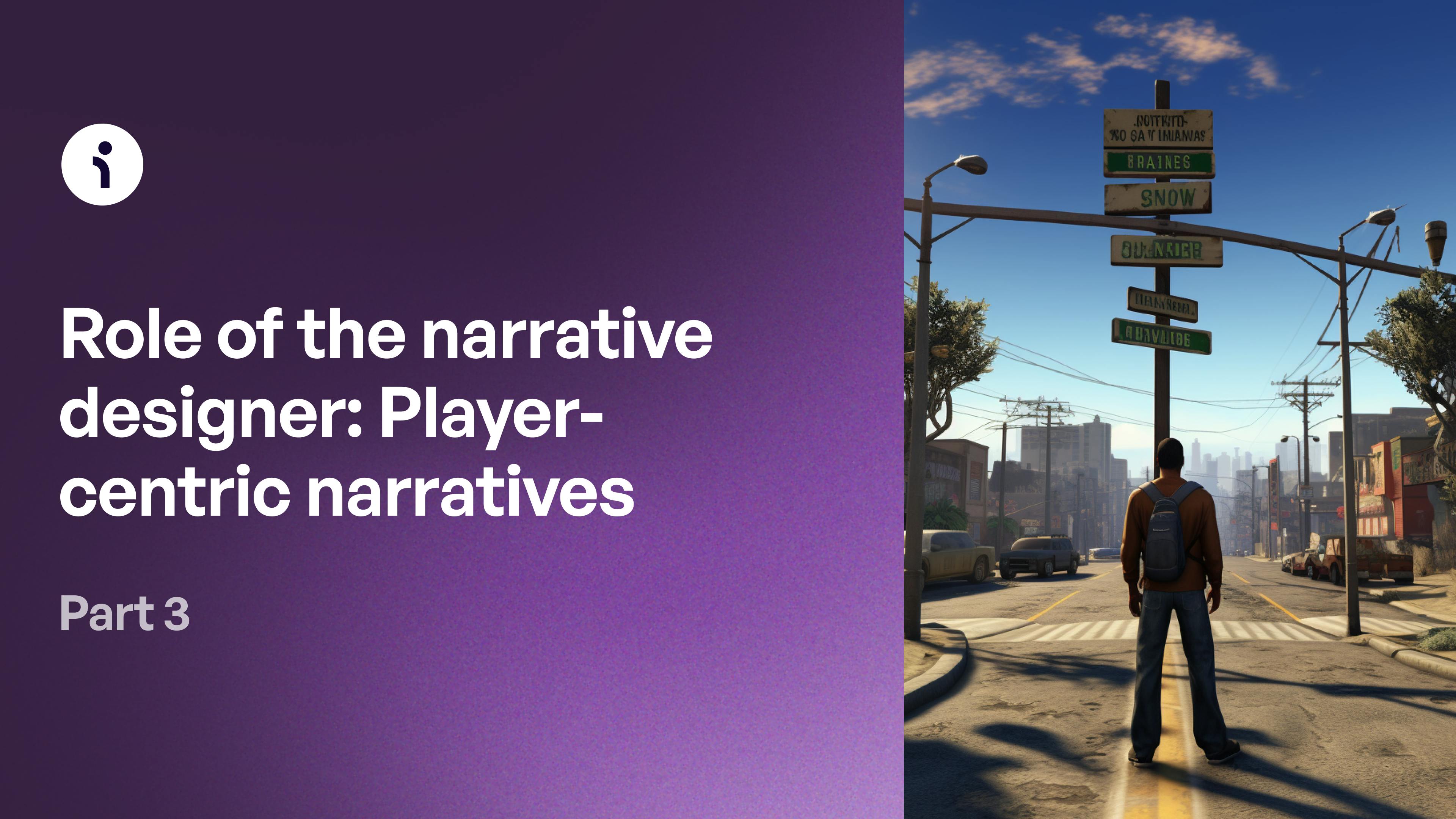This post is outdated.
We've made big improvements since this was published.
Check out what's new:
Check out what's new:
Role of the narrative designer: Player-centric narratives
How is the role of the narrative designer set to shift with AI NPCs and player-centric narratives? We explore changes in game narrative design with examples of how AI NPCs will enhance player agency in different types of game narratives.
